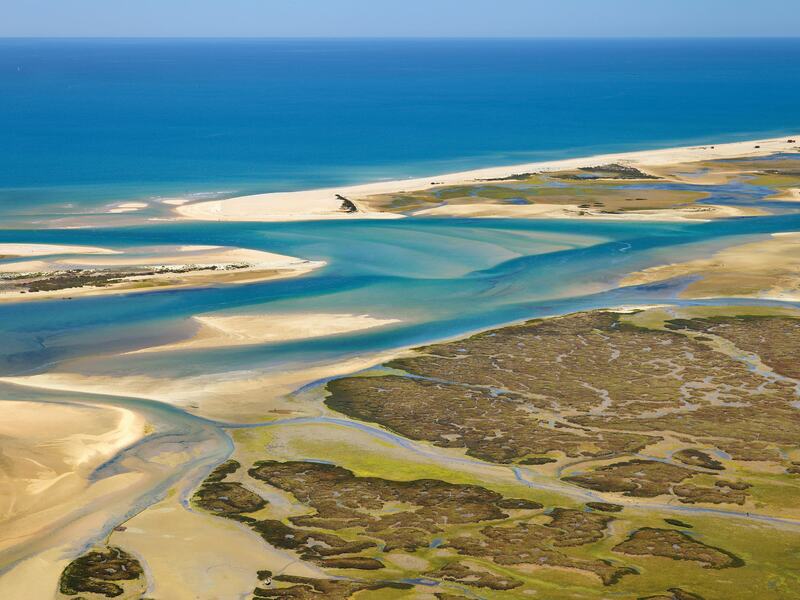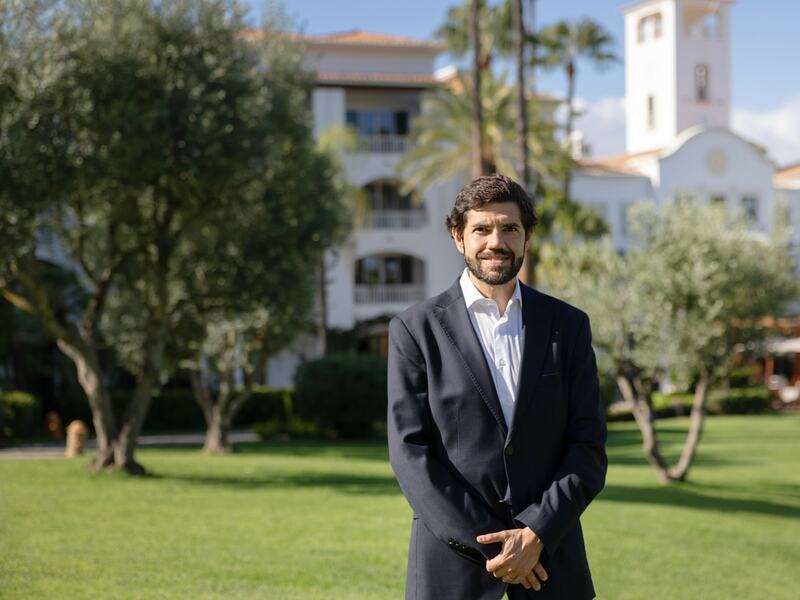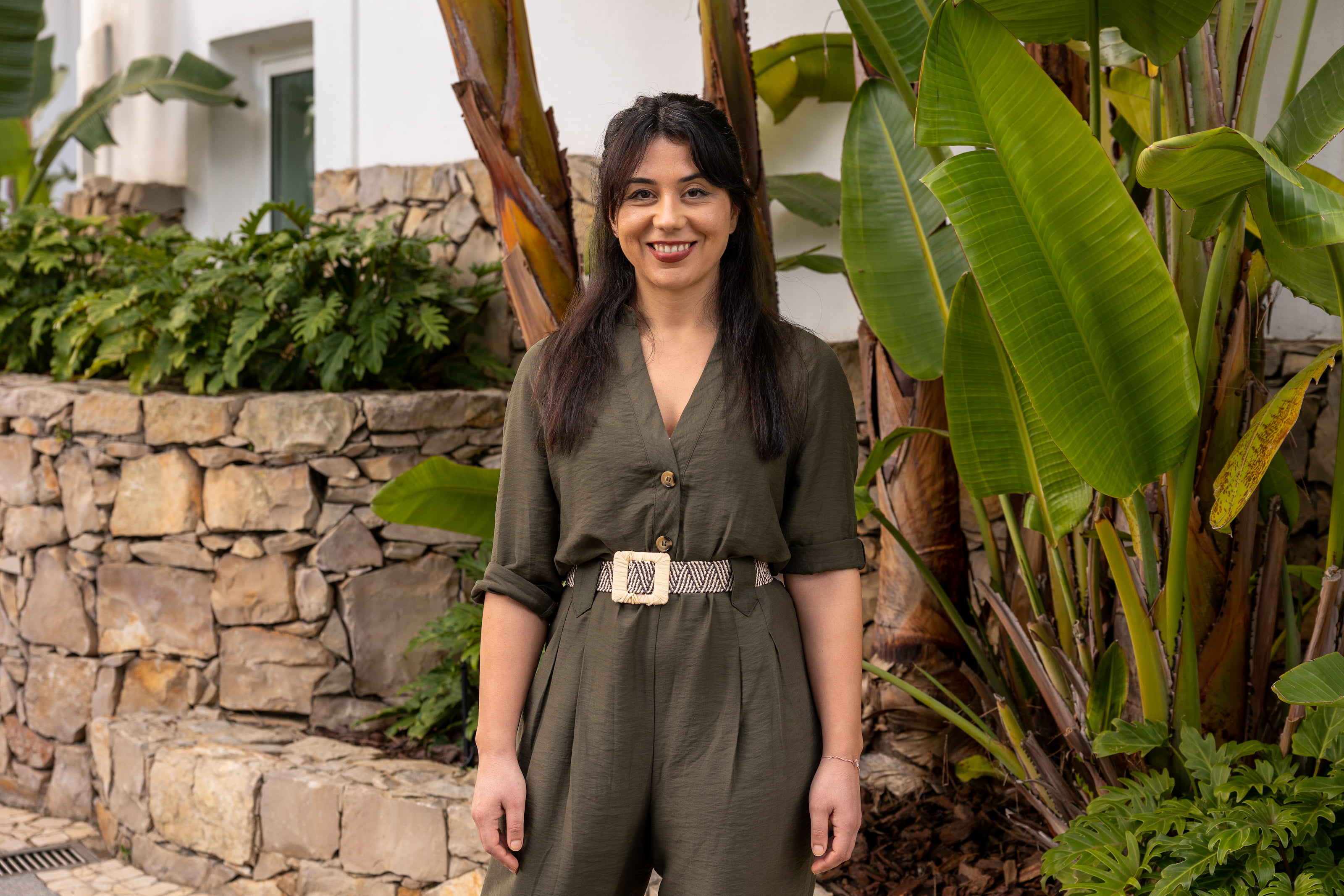
Our most precious resource: Water
Our most precious resource: Water
- Nature
With drought affecting almost all districts of Portugal, and considered severe in a large part of the Algarve, the need to save on water and finding new ways of supplying it are at the top of the agenda these days.
The desalination of seawater is already being used to supply drinking water, either to reduce public consumption or because it is the only possible solution.



Vila Vita Parc began desalinating seawater in 2015 and, although the project was conceived for watering the property's green spaces, it soon expanded to other sources of water consumption.
"Initially we started working just for the irrigation system and we found that the catchment, given the need and the size of our system, allowed us to reach the lakes and at the moment we are already supplying around seven swimming pools, just with this water catchment," André Matos, Vila Vita Parc's quality director, explains.

With an area of 23 hectares, more than half of which is green space, the resort has an underground desalination plant, which operates under a tennis court, without guests being aware of its existence.
"In 2014, of the 100% we were getting from the grid we're only getting around 30% to run everything else: accommodation, lake water and drinking water for the restaurants," says André Matos, satisfied with the levels of savings achieved.

Convinced that, in the future, water will be a consumer good with "a high economic value", he said that, as "responsible polluters", they must ensure that, like the future of the next generations, "the future of the business is supported by solid pillars" that respect the environment.
Per hour, the desalination system installed at Vila Vita Parc can capture 24 cubic meters of seawater - which represents 24,000 litres.
Per day, it has the capacity to capture 440 cubic meters (440,000 litres), which "at the end of the year could represent around 900 swimming pools of 650 cubic meters".
We have now progressed to supplying 14 swimming pools. Production in 2023 was 136,617 cubic metres or 136,617,000 litres.
Explore our stories
Have you enjoyed what you've just read? Here are a few more stories for you to discover.

